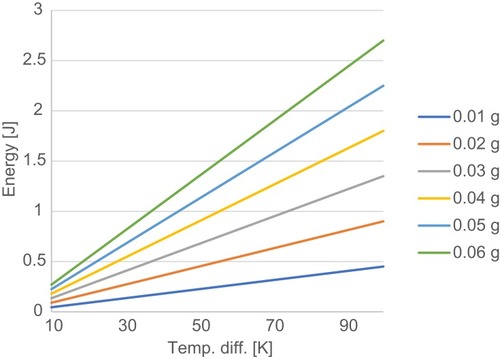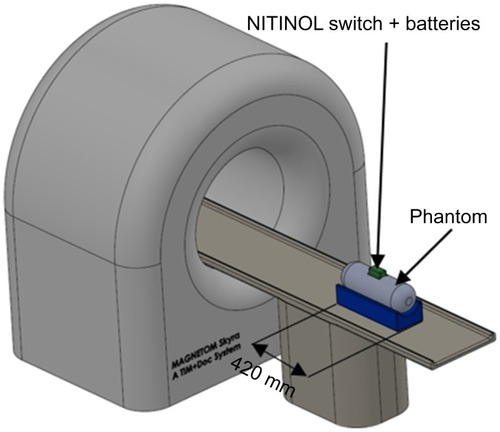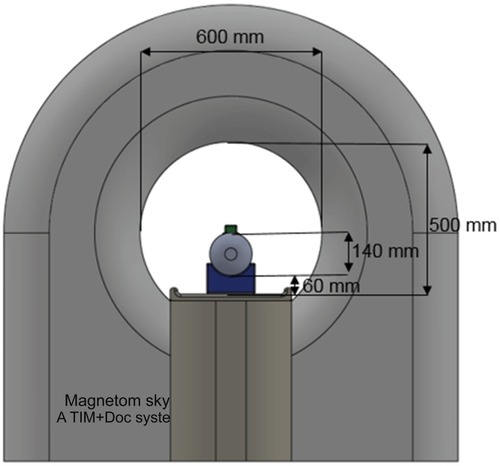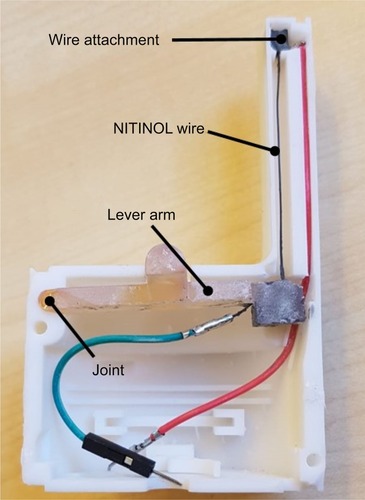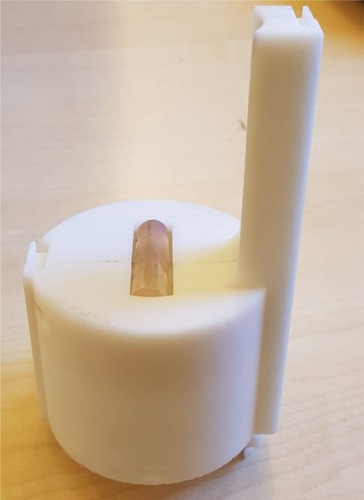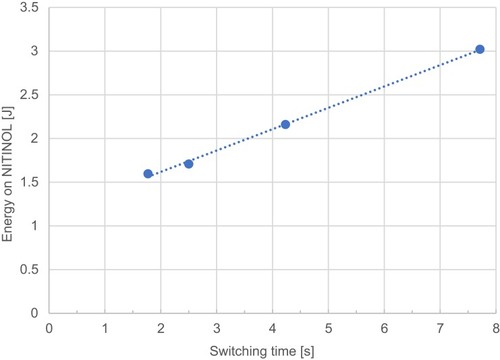Figures & data
Table 1 Actuators and the rating for use in an MRI
Figure 1 Resulting force depending on the cross-sectional area.Citation27,Citation28
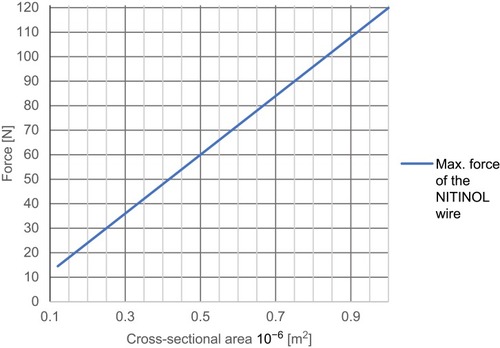
Figure 3 Measurement setup to evaluate the required energy of the nitinol wire, the time to switch over and the travel range (A) and determining the force (B).
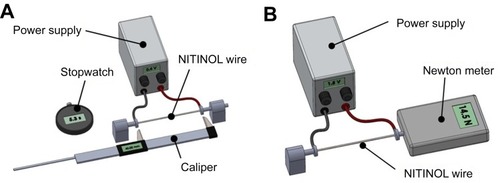
Table 2 Values of the switching time of the NITINOL wire (45 mm length and 0.392 mm diameter) at different voltages
Table 3 Force achieved directly with a 0.392 mm diameter NITINOL wire (l=45 mm)
Table 4 Measurement of power consumption and the calculated cycles to actuate the NITINOL wire

